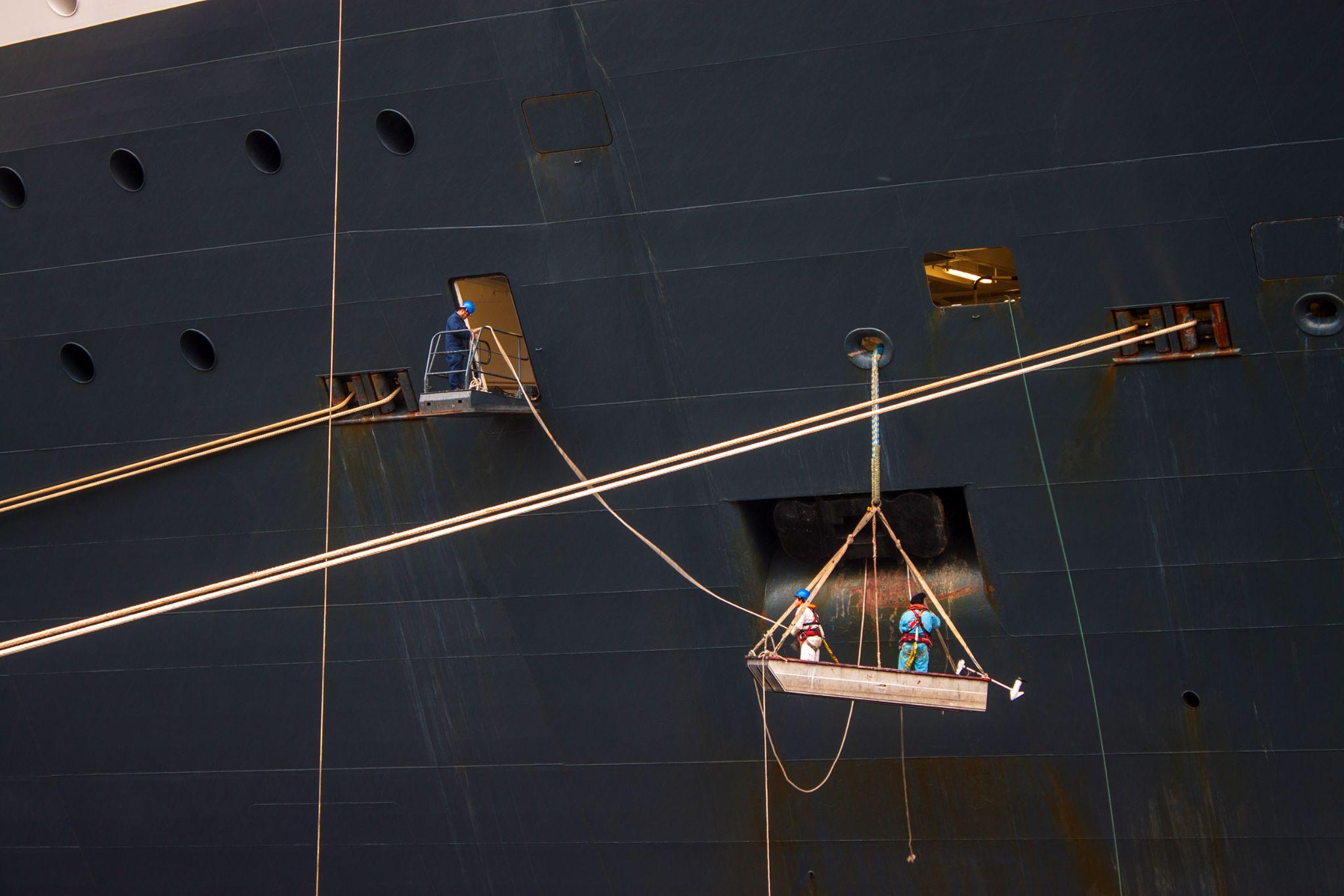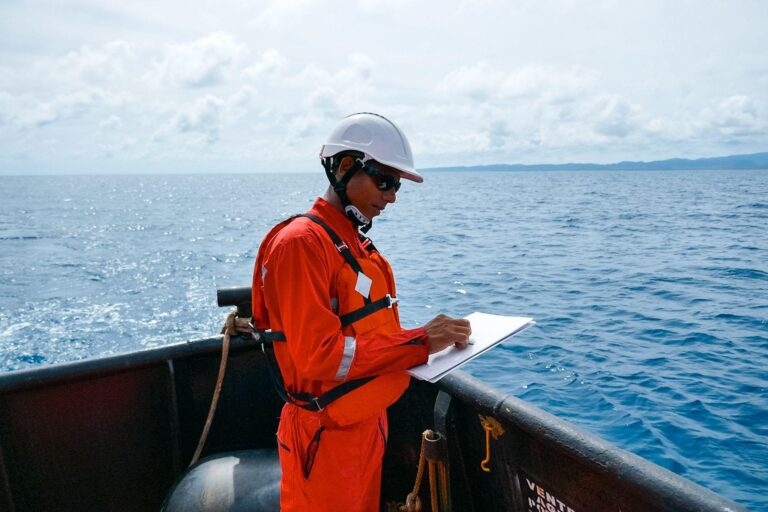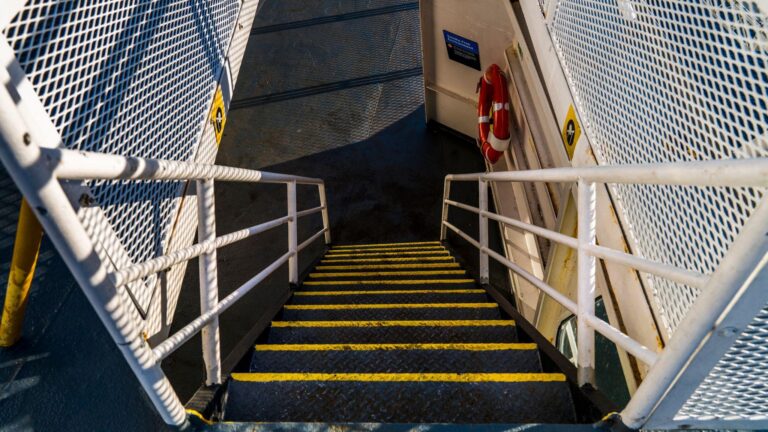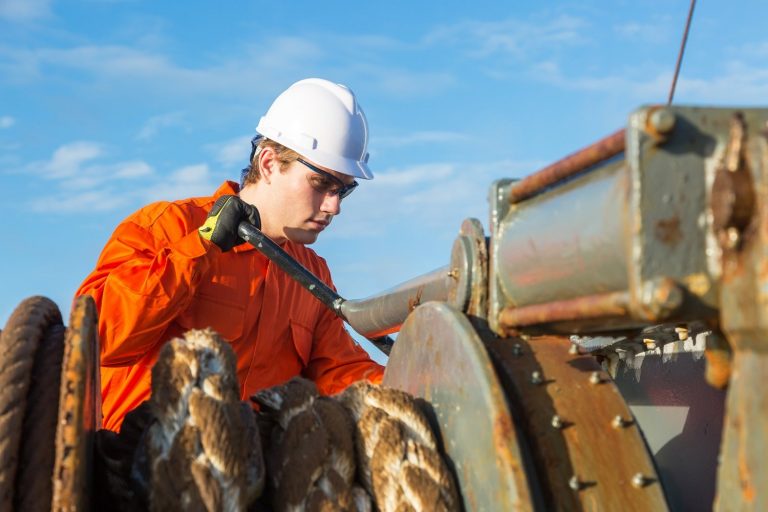Maritime workers are often required to work in confined spaces on board ships or drilling platforms. There are atmospheric and physical risks involved with working in cramped spaces around heavy machinery, but many injuries and deaths in confined spaces might be prevented by following OSHA guidelines for worker safety.
What are the hazards of confined spaces and how can proper safety procedures help prevent maritime workers from injury or death in service to their vessel? What rights do injured seamen and their families have when an injury does occur?
What Are the Dangers of Working in Tight Spaces?
For the maritime industry, OSHA highlights two types of hazards in confined spaces,1 atmospheric and physical.

- Atmospheric hazards involve exposure to hazardous fumes, lack of oxygen, or smoke inhalation.
- Physical hazards involve unsafe conditions like slippery elevated surfaces, missing ladder rungs, excessive heat or cold, and restricted mobility.
Tight Quarters Cause Proximity Hazards
Working in confined spaces means that there is limited space to move. In order to work on a piece of equipment or even perform basic functions like cleaning, contorting and bending are required. Crawling under and climbing over equipment puts joints, limbs, and fingers at risk.
Some of the serious proximity and limited space hazards include:
- Getting into confined work areas using hatches and ladders might be slippery or corroded.
- Being injured by moving machinery, crushed by falling objects, or burned by contact with hot equipment or steam are all possibilities.
- Passing out from poor air quality, carbon monoxide, toxic fumes, or simple lack of oxygen could happen.
- Falls go unnoticed because there is low lighting and lack of visibility.
- Working alone in small holds and tight engine compartments without a buddy system can leave an injured worker trapped.
- Rescue might be slow to arrive and difficult to carry out in cramped spaces, delaying medical care and complicating early emergency treatment.
Fires Present Unique Dangers in Confined Spaces
Any fire in a shipyard or on board a ship or drilling platform is an extremely dangerous situation, but the risks are even greater if a worker encounters even a small fire in a confined space. A maritime worker might be trapped below deck and unable to avoid these serious risks:
- Increased risk of being badly burned as the heat of a fire multiplies inside a confined space, turning it into an oven
- Increased risk of smoke inhalation and oxygen deprivation as the fire rapidly consumes most of the oxygen in the small space
- Increased exposure to flames, heat, and smoke due to the additional time it takes to navigate to and out of a confined space entry point
- Exposure to toxic fumes beyond smoke as flammable liquids, rubber hoses, or combustible cargo burns with no way to vent the fumes
Some Confined Spaces Require a Permit
Some of the tight spaces on a vessel may require a confined space permit to enter. This permit is used to ensure that only trained personnel are allowed to enter these spaces and to log their entry and exit. These confined spaces OSHA defines by:2
- Having a limited opening for entry and exit
- Having inadequate ventilation for long-term occupancy
- Spaces not designed for continuous occupancy by workers
Some areas of the vessel that might be defined as permit confined spaces by OSHA requirements are cargo holds, lockers, water tanks, void spaces, or fuel tanks. Workers without a confined space permit should never enter these areas or be required to work there without the proper training, safety equipment, and fall protection in the confined space.
How Can the Hazards of Confined Spaces Be Mitigated?
Shipowners and employers have a duty to verify safe conditions for those working in confined spaces. These requirements include:1
- Regularly inspecting confined spaces for physical hazards and resolving any issues
- Identifying and restricting employee access to hazardous areas with proper permitting, training, safety equipment, and fall protection
- Documenting and consulting with qualified persons to make repairs which impact the structural integrity of the vessel
- Being aware of potential hazards including mechanical, pneumatic, hydraulic, electrical, chemical, and thermal hazards and implementing safeguards to prevent worker injuries
- Correcting unsafe conditions found during inspection, including sharp protruding objects, broken components, corrosion, and missing or broken safety guards and equipment
What Laws Protect Maritime Workers Injured in Confined Spaces?
There are many serious accidents and deaths at sea from the hazards of confined spaces. In some cases the injured person suffers alone in a cramped space while waiting for discovery or medical care. There are maritime laws that protect the rights of these workers to compensation for medical care, lost earnings, and loss of earning potential.

At a minimum, the injured worker should qualify for Maintenance and Cure, which will cover basic living expenses and medical bills while they recover. If negligence was even partly to blame for the accident, or made the injuries worse, the Jones Act might apply to your case.
The best way to find out if you are entitled to full compensation under maritime law is to contact an experienced team of maritime attorneys to evaluate your case. At Maintenance and Cure, we have helped our clients receive some of the largest Jones Act awards on record and have the knowledge to guide your next steps. Contact us today for a free case evaluation if you or a loved one suffered injury or death in a confined space at sea.
Sources:







